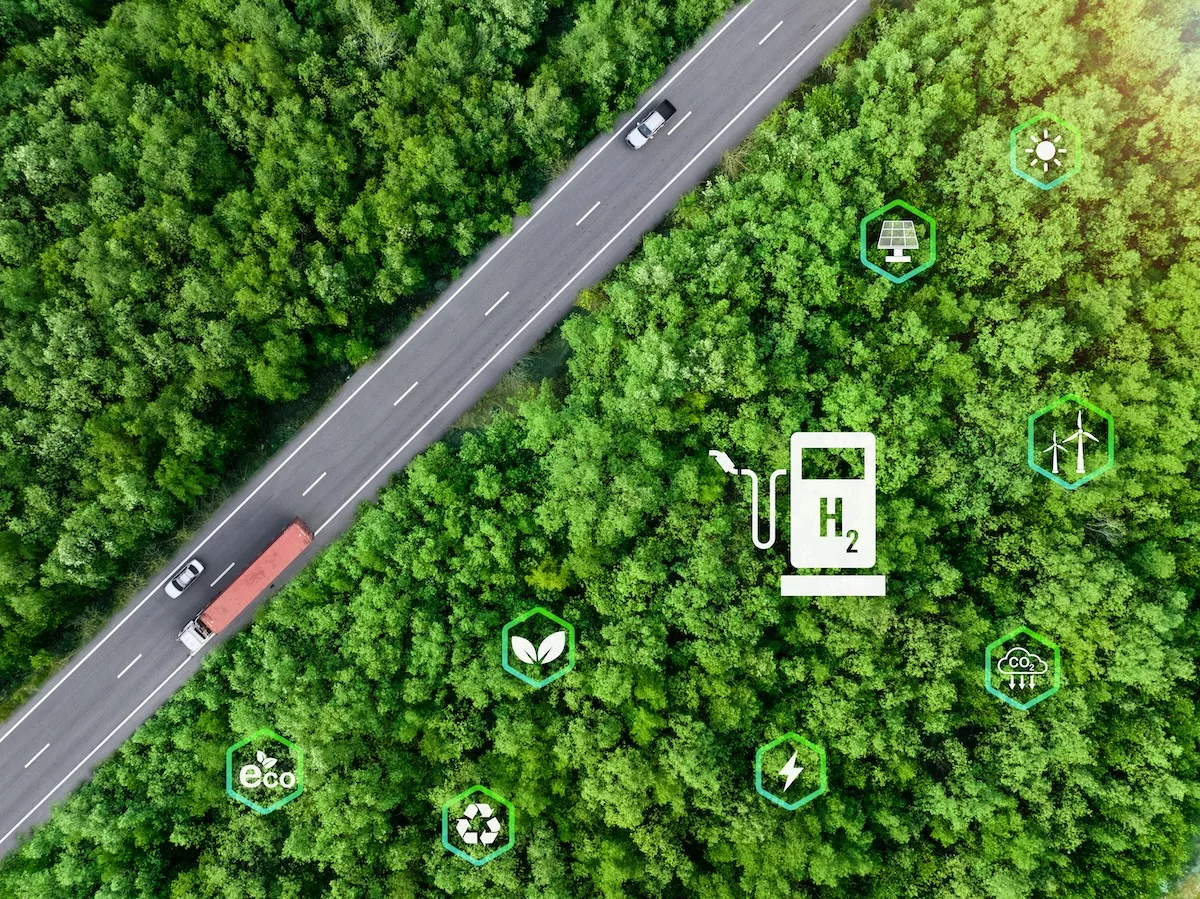
December 10, 2024

Hydrogen is the most abundant element in the universe. It is also the simplest and lightest element, making it a versatile and promising resource for clean energy production. Unlike traditional energy resources, which are often confined to specific geographic regions, clean hydrogen can be produced almost anywhere, using a wide variety of energy sources—including renewable energy, nuclear power, and even fossil fuels with carbon capture technology.
In recent years, clean hydrogen has gained recognition as a “Swiss army knife” of clean energy, due to its crucial role in several sectors that are difficult to decarbonize. These include industries and applications where electrification is either challenging or too costly, such as heavy-duty transportation and certain industrial processes. As nations around the world seek to reduce carbon emissions and transition to sustainable energy systems, hydrogen is emerging as a critical enabler of decarbonization.
Hydrogen’s potential as a clean energy solution is immense. When used as a fuel, hydrogen produces only water vapor as a byproduct, making it an ideal candidate for a zero-emission energy future. Its versatility means it can be used across a wide array of sectors that are central to modern economies and quality of life.
One of the most promising applications of hydrogen is in medium- and heavy-duty transportation, including trucks, buses, trains, ships, and aircraft. These sectors have long been reliant on fossil fuels, and electrification presents significant challenges due to weight, range, and charging infrastructure. Hydrogen, on the other hand, offers a compelling alternative, providing the necessary energy density and fueling times comparable to current fossil fuel-powered vehicles.
In addition to transportation, hydrogen plays a crucial role in decarbonizing industrial and chemical processes. For example, hydrogen can be used in steelmaking, a traditionally carbon-intensive industry, by replacing coke (a form of coal) in the blast furnace process. This has the potential to drastically reduce emissions from one of the most difficult-to-abate sectors.
Another area where hydrogen is essential is cement production, which contributes significantly to global carbon emissions. Hydrogen can be used as a clean fuel or feedstock in the production process, offering a way to reduce the carbon footprint of this vital industry.
Hydrogen is also crucial in the production of fertilizers and liquid fuels, such as biofuels and synthetic fuels. By using clean hydrogen in these processes, industries can reduce their greenhouse gas emissions while continuing to produce essential products that support agriculture, transportation, and other sectors.
Beyond its role as a fuel, hydrogen can also play a key role in energy storage. As a flexible and high-energy-density medium, hydrogen can store excess electricity generated by renewable energy sources like wind and solar. This is particularly important in regions where renewable generation can be intermittent, as hydrogen can be stored and converted back into electricity when demand exceeds supply.
Hydrogen can help stabilize the electric grid, especially as renewable energy becomes a larger share of the energy mix. By using hydrogen as a buffer, utilities can ensure a reliable and resilient energy system.
One of the most compelling aspects of hydrogen is its global availability. While many countries are geographically constrained by access to traditional energy resources such as oil and natural gas, clean hydrogen can be produced anywhere. This means that countries can leverage their natural resources—whether renewable energy, nuclear, or even natural gas with carbon capture—to produce hydrogen and build energy systems that are cleaner, more resilient, and more equitable.
The global hydrogen economy also offers significant economic opportunities. The development of hydrogen production, storage, and distribution infrastructure will create jobs and stimulate economic growth. Countries investing in hydrogen technology today are positioning themselves to become leaders in the clean energy future.
Despite its many advantages, there are still significant challenges to scaling up hydrogen production and use. Currently, hydrogen production is expensive, especially when it is produced from low-carbon sources. However, advancements in electrolysis (a process that splits water into hydrogen and oxygen using renewable electricity) and carbon capture technologies are expected to drive costs down in the coming years.
Additionally, the infrastructure required to produce, transport, and store hydrogen is still in its early stages. Building this infrastructure will require significant investment and coordination across governments, industries, and research institutions.
As the world moves toward a cleaner, more sustainable energy future, hydrogen is poised to be a key player in the transition. Its versatility in sectors that are difficult to decarbonize—such as heavy-duty transportation, industrial processes, and energy storage—makes it indispensable in efforts to achieve net-zero emissions.
Hydrogen offers a promising pathway to reduce global greenhouse gas emissions, while also driving economic growth and energy independence. By continuing to invest in research, development, and infrastructure, we can unlock hydrogen’s full potential and pave the way for a cleaner, more sustainable future for all.